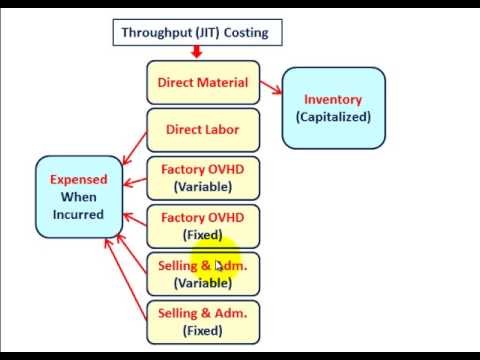Valuation Methods_1
Post on: 30 Апрель, 2015 No Comment

Contents
If I buy a company, I buy its stock (equity) and assume its debt (bonds and loans). Buying a company’s equity means that I actually gain ownership of the company — if I buy 50% of a company’s equity, I own 50% of the company. Assuming a company’s debt means that I promise to pay the company’s lenders the amount owed by the previous owner.
The value of debt is easy to calculate: the market value of debt is equal to the book value of debt. (If in the books it says that a company owes its bondholders $1 million, that’s how much that debt is worth in the market.) Figuring out the market value of equity is trickier, and that’s where valuation techniques come into play.
The four most commonly used techniques are:
- Discounted cash flow (DCF) analysis
- Comparable transactions method
- Multiples method
- Market valuation

Discounted Cash Flow Analysis
The DCF analysis is the most thorough way to value a company. There are two ways to value a company using the DCF approach: the Adjusted Present Value (APV) method and the Weighted Average Cost of Capital (WACC) Method. Both methods require calculation of the free cash flows (FCF) of a company and the net present value (NPV) of these FCFs.
Comparable Transaction Method
With this technique of valuing a company for a merger or acquisition, you look at transactions that have taken place in the industry that are similar to the transaction under consideration. With the comparable transactions method, you are looking for a key valuation parameter.
That is, are the companies in those transactions being valued as a multiple of EBIT, EBITDA, revenue, or some other parameter? If you figure out what the key valuation parameter is, you can examine at what multiples of those parameters the companies are being valued in a series of transactions. You can then value the company similarly.
Multiples method
Quite often, there is not enough information to be able to determine the valuation using the comparable transactions method. In these cases, you can value a company based on market valuation multiples. Examples of these valuation multiples include price/earning multiples (also known as P/E ratios, this method, which compares a company’s market capitalization to its annual income, is the most commonly used multiple) EBITDA multiples, and others. When using this method, you look at what multiples are used for other companies in the industry.
Market Valuation
The market approach of business valuation ascertains the value of a firm by performing a comparison between the firms concerned with organizations in the similar location, of equal volume or operating in the similar sector. It has a large number of resemblances with the comparable sales technique, which is generally utilized in case of real estate estimation. The market value of shares of companies that are traded publicly and are involved in identical commercial activities may be a logical signal of the value of commercial operation. In this case the company shares are bought and sold in an open and free market. This process allows purposeful comparison of the market value of shares.














